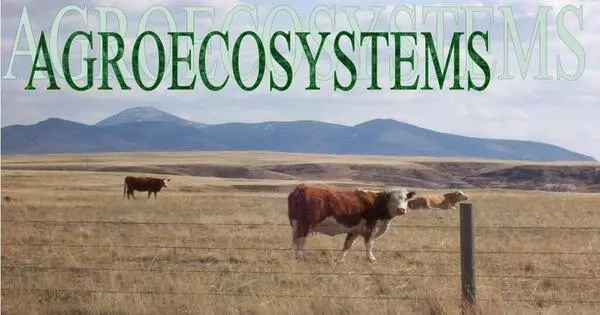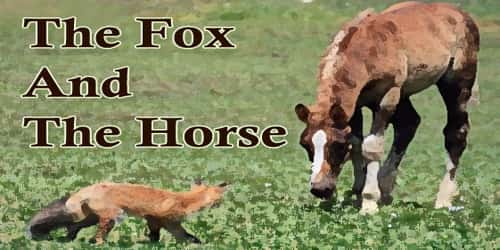Agroecosystems are the ecosystems that sustain farm and garden food production systems. These are complex ecological systems in which agricultural activities, the environment, and creatures within and around agricultural landscapes interact. These systems are created and managed to provide food, fiber, and other agricultural products.
Agroecosystems serve an important role in supplying the nutritional needs of human populations all over the world. The human activity of agriculture, as the name implies, is at the heart of an agroecosystem. As such, they constitute the fundamental unit of study in Agroecology and Regenerative Agriculture based on ecological principles.
Agroecosystems, like other ecosystems, are partially closed systems in which animals, plants, microorganisms, and other living organisms, as well as their surroundings, are interdependent and interact on a regular basis. They are defined somewhat arbitrarily as geographically and functionally cohesive units of agricultural activity.
Key components and concepts related to agroecosystems include:
- Crops and Livestock: Crops can include grains, fruits, vegetables, and more, while livestock such as cattle, poultry, and goats are raised for meat, milk, and other products.
- Soil: Healthy soils provide essential nutrients, water retention, and support for plant growth. Sustainable agricultural practices aim to improve and maintain soil health.
- Biodiversity: Biodiversity within agroecosystems is essential for pest control, pollination, and overall ecosystem stability. It includes not only cultivated crops and livestock but also wild species of plants and animals that coexist with agriculture.
- Water Management: Efficient water management is crucial for crop irrigation and livestock needs. Sustainable practices aim to minimize water waste and reduce negative impacts on aquatic ecosystems.
- Pest and Disease Control: Managing pests and diseases in agroecosystems can be achieved through various methods, including biological control, integrated pest management (IPM), and organic farming practices.
- Crop Rotation and Diversification: Crop rotation and diversification are strategies that help prevent soil depletion, enhance soil health, and reduce the risk of pests and diseases.
- Sustainability Practices: Sustainable agriculture practices aim to minimize environmental impacts, conserve natural resources, and promote long-term food security. These practices include organic farming, agroforestry, no-till farming, and more.
An agroecosystem is not limited to the local site of agricultural activities (e.g., the farm). That is, it encompasses the region that is touched by this activity, typically through changes in the complexity of species assemblages and energy flows, as well as the net nutrient balance. Agroecosystems, particularly intensively managed ones, are said to have simpler species composition, energy and nutrient flows than “natural” ecosystems. Similarly, agroecosystems are frequently associated with elevated nutrient input, much of which escapes the farm, causing eutrophication of adjacent ecosystems that are not directly engaged in agriculture.
Transitioning to more sustainable and regenerative agroecosystems that combine food production with environmental conservation and social well-being is being attempted. This includes measures that reduce agriculture’s ecological imprint, help local communities, and increase resilience in the face of climate change.
















